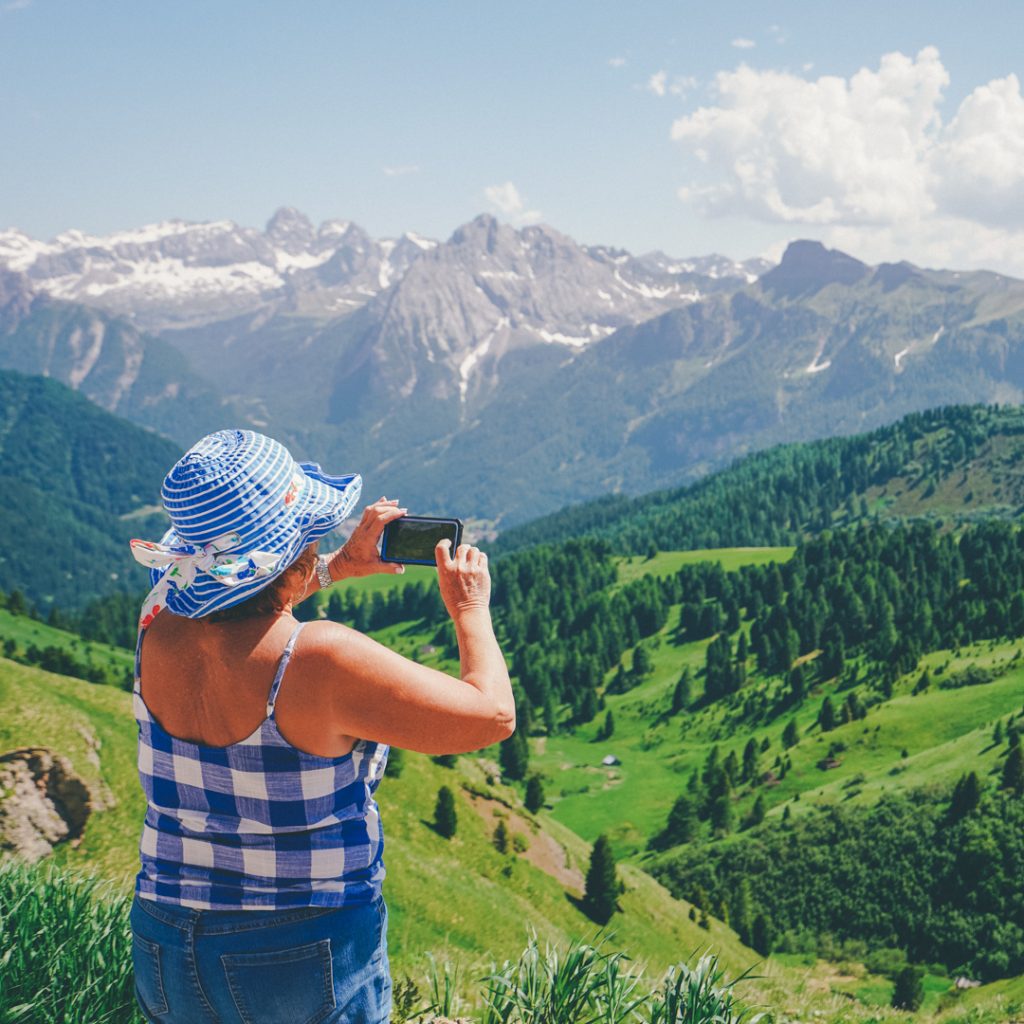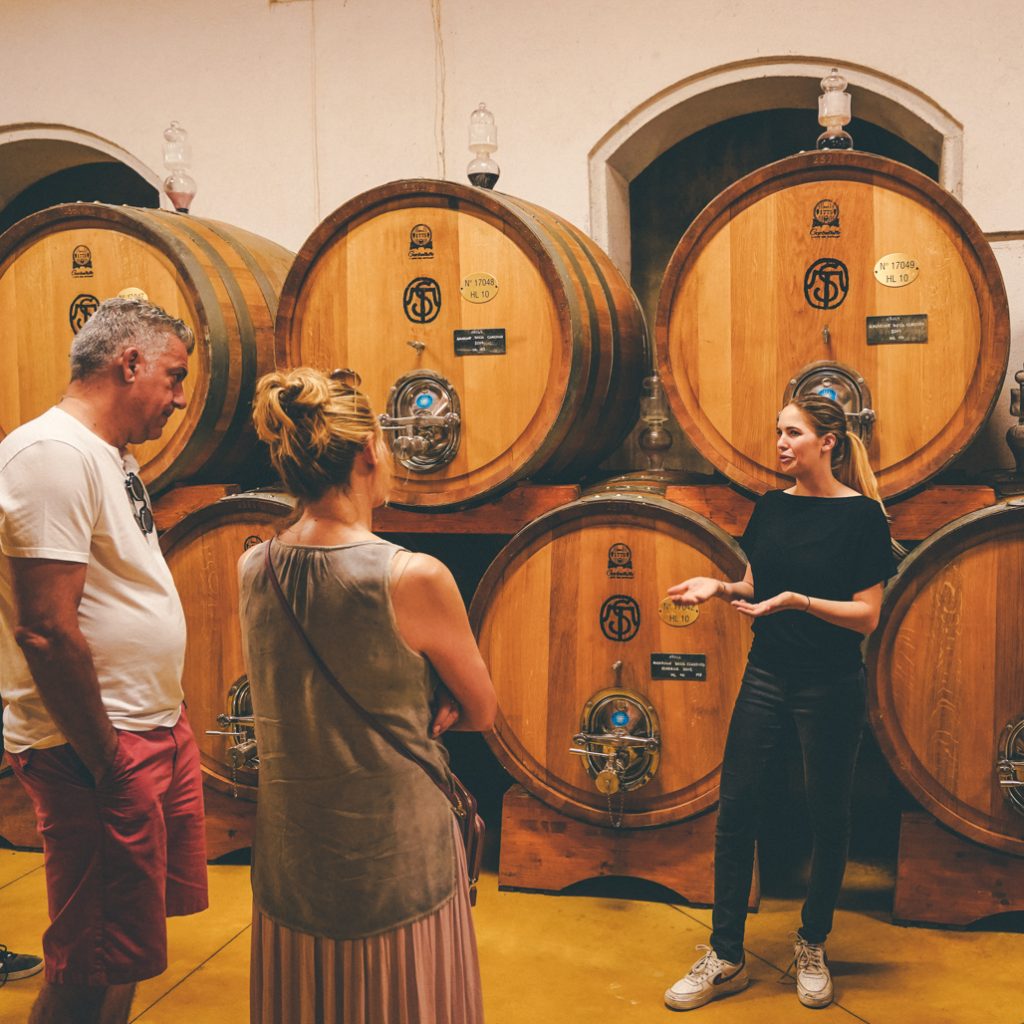Nestled in the heart of Emilia-Romagna, Bologna is a city that reveals itself slowly through its flavors, its stories, and the rhythm of daily life under its endless porticoes. Known as La Grassa (The Fat), La Dotta (The Learned), and La Rossa (The Red), Bologna is a city of many layers, offering much more than meets the eye.
Whether it’s your first visit or your fifth, here are five essential things to do in Bologna authentic, immersive, and deeply connected to the city’s soul. Some can be experienced on your own, others are best discovered through a local guide. Either way, each one offers a window into what makes Bologna so irresistibly alive.
1. Get Lost in the Historic Center
The historic heart of Bologna is one of the best-preserved in Italy and one of the least overwhelmed by mass tourism. Strolling through the medieval center feels like walking through a living museum, yet it remains a vibrant part of everyday life.
Start in Piazza Maggiore, the city’s main square, framed by monumental buildings like the Basilica di San Petronio and the Palazzo d’Accursio. Just behind it lies the Fountain of Neptune, an iconic 16th-century sculpture that locals affectionately call al Żigànt, or “the Giant”.
But the real magic of Bologna is in the side streets and the narrow alleys of the Quadrilatero Market, where fishmongers and butchers share space with wine bars and pasta shops. Then there’s Via Clavature, Via Drapperie, and the tiny courtyards and hidden passages that only a slow walk can reveal.
Exploring this maze-like core on your own is a joy, but joining a walking tour with a knowledgeable local can unlock the hidden layers of this thousand-year-old city, its underground canals, whispered legends, and overlooked corners.
2. Climb the Asinelli Tower (And Admire the Leaning Twin)
Forget Pisa Bologna has its own leaning towers, and they’re even older. The most famous are the Torre degli Asinelli and the Torre Garisenda, built in the 12th century by rival noble families. While Garisenda leans dramatically (and is closed to the public), Asinelli is climbable for those willing to tackle its 498 wooden steps.
At the top, you’re rewarded with a breathtaking panoramic view of Bologna a sea of red rooftops, church domes, and rolling green hills on the horizon. It’s one of the best ways to understand the city’s medieval scale and urban layout.
The towers aren’t just scenic spots they’re symbols of power, resilience, and Bologna’s noble past. Many don’t realize that during the Middle Ages, Bologna had more than 100 towers, used for defense, status, and storage. Today, only about 20 remain, but their legacy still defines the city’s skyline.
For a deeper experience, consider joining a tour that combines the tower climb with historical storytelling so you can understand what you’re seeing, not just admire it.
3. Taste Your Way Through Bologna’s Gastronomy
You can’t say you’ve truly been to Bologna until you’ve eaten your way through it.
This is the birthplace of tagliatelle al ragù (don’t call it spaghetti Bolognese!), lasagna, tortellini in brodo, mortadella, and the best Parmigiano Reggiano you’ll ever taste. Add Lambrusco or Pignoletto wines, and you have a table that defines the Emilia-Romagna region.
Start with a walk through the Quadrilatero, Bologna’s ancient food market district, where vendors sell salumi, cheeses, handmade pasta, and fresh produce. Stop at a salumeria or small wine bar for a tasting plate, and don’t forget to try a slice of mortadella the original and authentic version of what the rest of the world calls “bologna”.
For a hands-on experience, nothing beats joining a cooking class with a local chef. From shopping at the market to rolling pasta by hand, this kind of immersive activity turns Bologna from a destination into a memory. And when you finally sit down to eat the food you made with your own hands, it tastes like home.
4. Walk Under the Porticoes
One of Bologna’s most unique features and a UNESCO World Heritage Site since 2021 is its extensive network of porticoes: covered walkways supported by arches that stretch for over 60 kilometers throughout the city.
These porticoes aren’t just practical (shielding you from sun or rain); they’re architectural marvels and cultural icons. Each portico has its own rhythm, materials, and mood. Some are low and dark with stone columns, others grand and elegant with frescoed ceilings and marble floors.
The most famous of all is the Portico di San Luca, the longest in the world, stretching 3.8 km from Porta Saragozza to the Sanctuary of the Madonna di San Luca, perched on a hilltop overlooking the city. Walking it is a kind of pilgrimage for locals and visitors alike and the view from the top is worth every step.
5. Explore the Flavors of the Food Valley
While Bologna itself offers more than enough to satisfy food lovers, venturing into the countryside reveals the full glory of Italy’s Food Valley.
Just outside the city, you’ll find the origins of some of Italy’s most celebrated products: Parmigiano Reggiano, Prosciutto di Parma, and Traditional Balsamic Vinegar of Modena. Visiting producers is not just about tasting, it’s about understanding time, patience, and craft. Seeing wheels of cheese aged for 24–36 months, or barrels of vinegar left to mature for decades, is an eye-opening experience.
These rural excursions are best done with a small group or private guide, as many of the best producers aren’t open to the public without a reservation. A day trip like this often includes multiple stops, tastings, and even a gourmet lunch at a local trattoria turning a simple visit into an unforgettable journey.
Bologna isn’t a city to rush through. It’s a place to savor slowly, to walk, to listen, and most of all to taste. These five things to do in Bologna represent not just attractions, but deep connections to place, people, and tradition.
Whether you’re exploring medieval towers, rolling pasta by hand, or walking under the world’s longest portico, you’ll leave Bologna not just with photos but with flavors, textures, and stories that stay with you.
And that’s the magic of this city: it doesn’t try to impress you. It just invites you to belong.
Keep reading:


















